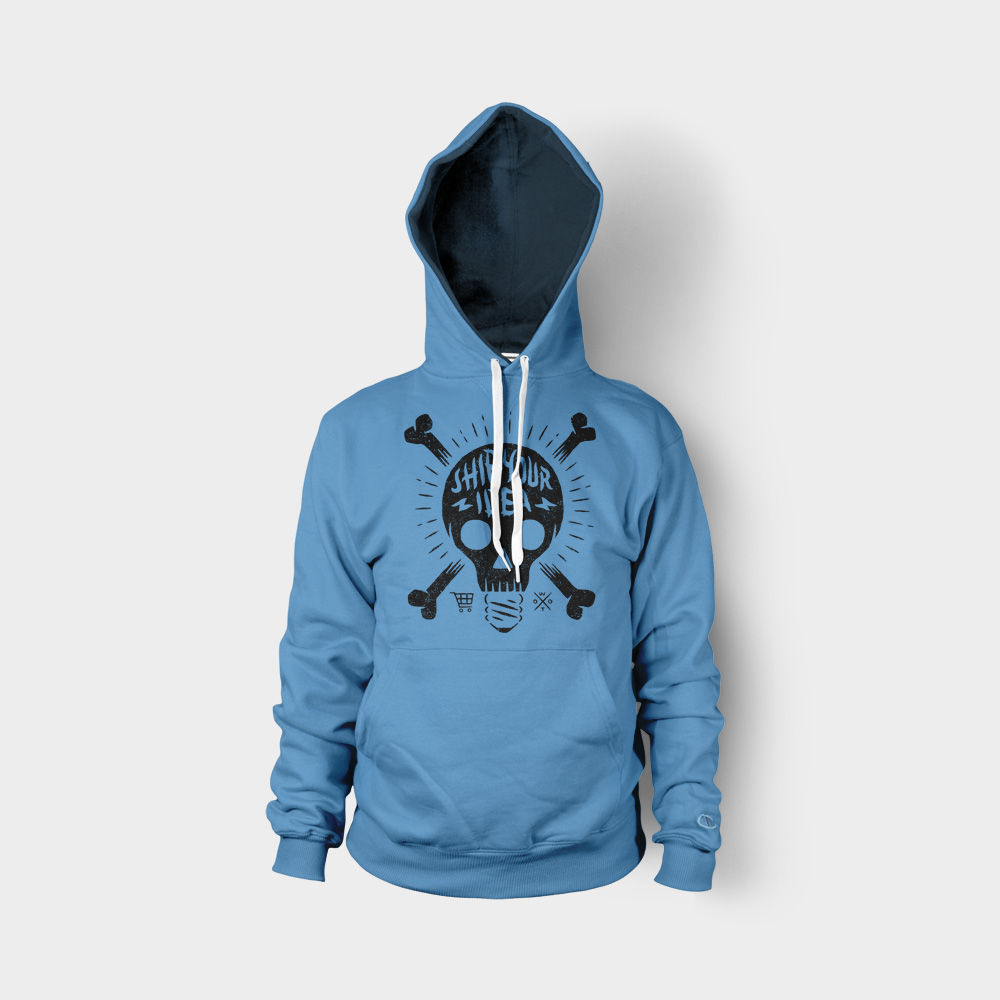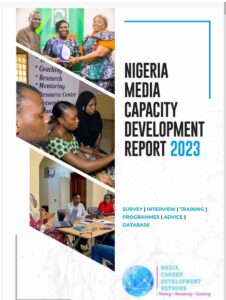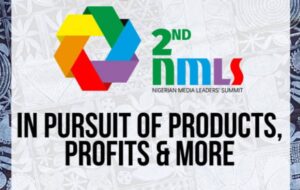While the social media industry skyrockets, many traditional media companies continue to struggle. With millions of users updating statuses, posting photos and sharing articles, these networks have become massive content hubs.
But as millions of people create content each day, how does one find the best and use it to engage a larger user base? Social networks are now hiring editorial teams and becoming publishers of the future by creating — and curating — useful news and information.
At the 2012 Mashable Media Summit Friday, community manager Meghan Peters discussed how social networks are evolving their content strategies, with Jessica Bennett, editorial director at Tumblr, and Daniel Roth, executive editor at LinkedIn.
SEE ALSO: Are Social Networks the Media Companies of the Future?
Both editors come from traditional journalism backgrounds. Bennett was formerly an editor at Newsweek, and Roth worked at Fortune. Bennett said that Tumblr’s traffic is three times that of The New York Times and CNN. There are more than 80 million blogs and 170 million users, more than 50% of whom are under 30.
“There are thousands of stories on this platform; it just takes someone to look through and see what they are,” said Bennett.
Bennett and her team sort and curate this overwhelming amount of daily content as part of Storyboard, a Tumblr project that highlights original journalism and creative work native to Tumblr. Bennett treats the platform as a journalist would encounter the physical world.
“We’re covering Tumblr as though it was a city of 80 million,” said Bennett.
LinkedIn caters to an older audience, yet its platform is equally reaching. The company is known for connecting professionals, but recently it launched the Influencer Program, which allows users to read updates and valuable information from noteworthy figures and celebrities.
The program is intended to mirror a guest contributor program that a media company might operate, except the writer is not limited to single-platform publishing. Roth said LinkedIn has taken out the middle man — whereas journalists used to interview a source, now the source can write content himself.
“The goal is to increase professional knowledge everywhere. It doesn’t have to live just on LinkedIn,” said Roth. “This is not hard, breaking news. But this is journalism in that it still shares how things are going on in the world.”
Peters referenced Google’s director of product management, Hunter Walk, who received 40 times the traffic when his content was published on LinkedIn, instead of his personal blog.
“Let’s be honest, Newsweek‘s going out of print; there’s no money. If you’re a journalist and you want to write feature content, maybe this is the way to go,” said Bennett, of LinkedIn’s program.
Both Bennett and Roth agreed that this type of social news does not necessarily outweigh traditional journalism. Roth said LinkedIn tries to get “the right news to the right people.” Tumblr has Storyboard, but also an elaborate tagging system in which community managers hand-select the best content so users find stories specific to their interests.
“You will always need hard journalists, in my opinion,” said Bennett.
Photo by Erica Gannett.
Source:journalism.co.uk






